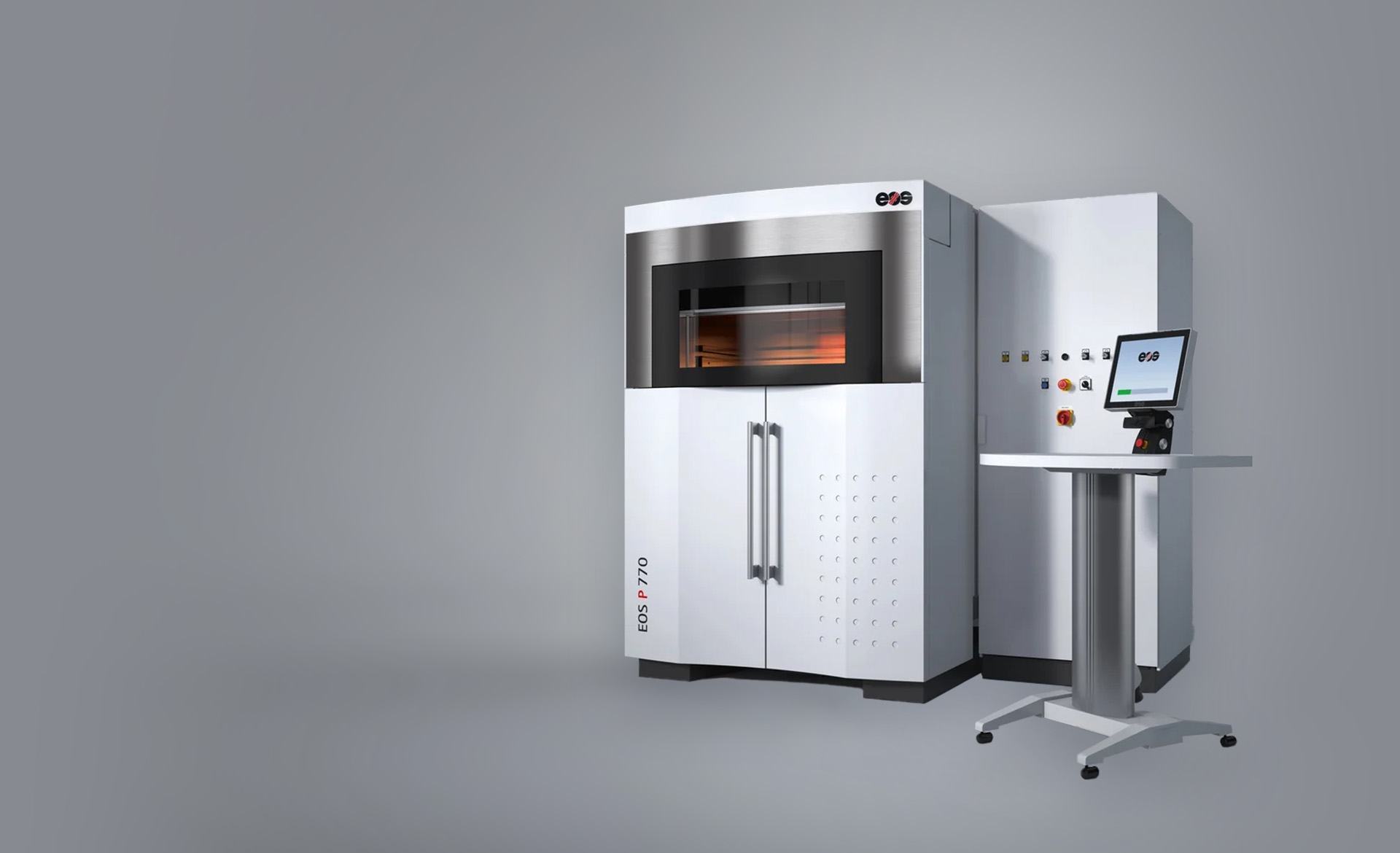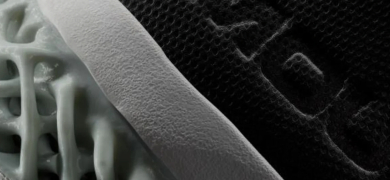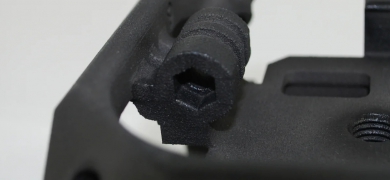

EOS P 770
Up to 1 Meter in Length
Build rate of 5.6 l/h with a packing density of 5%
Largest build area available on the market
System equipped with 2 powerful lasers
Flexibility
With the currently available selection of 9 plastic materials and 9 material/layer thickness combinations, EOS is the leader in material diversity. Also, the EOS ParameterEditor can be used to define custom exposure parameters based on proven starting values.
Part Quality
The established EOSAME feature homogenizes the energy input, ensuring excellent part mechanics and dimensional accuracy throughout the entire build volume. There are no visible edges in the overlapping zone of the lasers.
Cost Reduction
The optimized temperature management, improved layering speed and powerful lasers significantly reduce the build time and hence the part costs.
Technické údaje EOS P 770
- Construction Volume
- 700 x 380 x 580 mm (27.6 x 15 x 22.9 in)
- Laser Type
- CO₂, 2 x 70 W
- Precision Optics
- F-theta lens, surface module, high-speed scanner
- Scan Speed
- up to 2 x 10 m/s (32.8 ft/sec)
- Power Supply
- 32 A
- Power Consumption
- typical 3.1 kW; maximum 12 kW
- Machine Dimensions (W x D x H)
- 2,250 x 1,550 x 2,100 mm (88.6 x 61 x 82.7 in)
- Recommended Installation Space
- min. 4.8 x 4.8 x 3.0 m (189 x 189 x 118 in)
- Weight
- approx. 2,300 kg (5,071 lb)
- Software
- EOS ParameterEditor, EOSAME, EOS RP Tools, EOSCONNECT Core, EOSCONNECT MachinePark, PSW 3.8
Compatible materials
 Shoes and Soles From the 3D Printer
Shoes and Soles From the 3D Printer
Additive Manufacturing for a Perfectly Fitting Shape
Personalization has been more than just a trend for a while now. As well as offering greater comfort to their wearers, custom shoe soles open up completely new possibilities for fashion customization.
Additive manufacturing has the solution: Thanks to a fully digital process, trendy designs can be put together using scans of the sole of the foot, then transformed into custom-fitting shoe soles made from polymer materials by industrial 3D printing.
 3D Printing in Practice
3D Printing in Practice
Housings for Electronic Components
Having a stable housing protects the interior. Robust cases are often essential, especially for sensitive electronics. They need to be strong and properly sealed, while also fitting as closely as possible, and they need to be manufactured quickly enough to achieve short production cycles. However, with the injection molding process, manufacturing housings with these properties is only viable in very large series productions.
More information → 3D Printing in Practice
3D Printing in Practice
Additive Manufacturing for Sports Articles
To remain competitive, the sports equipment industry is increasingly turning away from classically mass-produced items. With new ideas for product improvements, businesses are approaching their goal of optimizing “athletes and their equipment” as an integrated system.
More information →

